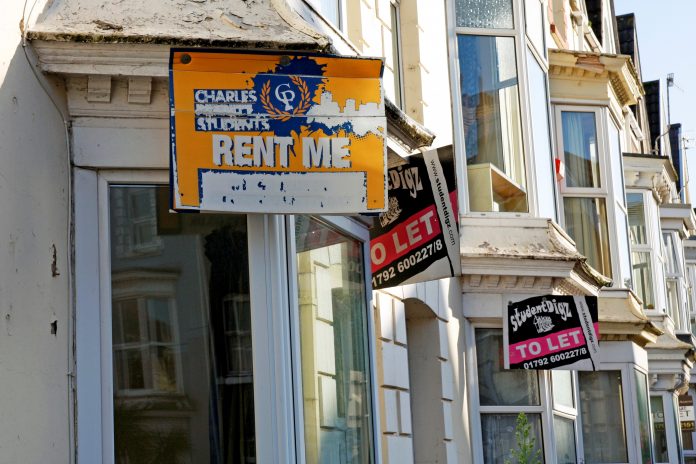Cardiff’s skyline has undergone a significant revamp over the last decade, with new-build developments cropping up across the city to offer a plethora of accommodation options to university students
Indeed, it with this younger demographic of renters in mind that much of the city’s purpose-built student accommodation (PBSA) is constructed; the Welsh capital’s three universities jointly boast a student population of 43,000 – all in need of term-time accommodation that offers safe and convenient housing.
But the reality is that many of Cardiff’s students are forced to live in unsafe houses in multiple occupation (HMOs) or traditional residential properties that have been converted to accommodate students, due to the lack of supply of university-owned accommodation and private purpose-built student accommodation.
According to recent figures from Cardiff Council, a total of 80 HMOs were found to have fallen below licensing standards since 2014, posing a significant risk to their occupants. Issues highlighted ranged from fire safety to security concerns, with 53 of the 80 having “major” safety or environmental issues.
There is a clear demand for suitable housing, however, the number of PBSA rooms currently available fails to meet the growing demand from Cardiff’s expanding student population. Indeed, figures suggest that there are currently 2.5 students for one purpose-built student accommodation room. So how can we ensure that enough quality accommodation is built to cater to the needs of the city’s students?
Problems facing the private rented sector
The answer lies in stronger collaboration between Cardiff City Council and the private developers who are tasked with building the accommodation needed to meet this demand. But before we explore this more closely, let’s first consider the problems that can be experienced within the private rented sector, and why so many properties are failing to meet HMO regulations.
Fire risks appear to be the greatest area of concern, with 67 of the 80 uninhabitable HMOs being affected, according to the Local Democracy Reporting Service. It was also reported that 44 homes suffered from damp and mould issues, whilst 35 were said to be vulnerable to entry by intruders and 33 faced major electrical hazards. Unbelievably, 11 of the 80 problematic HMOs were at significant risk of structural collapse.
Naturally, a proportion of the fault lies with those landlords who let out their properties without ensuring that the premises are safe for tenants. However, it is clear that many of these issues stem from the early stages of development. Therefore, it is the developers, who carried out the construction of these buildings, who must accept the brunt of responsibility.
Given the high and growing demand for accommodation across the city, it is difficult to ignore the incentive for quick and cheap building work; indeed, many of these new-build developments are hastily constructed for this very reason. Consequently, they fail to meet the standards expected by tenants – and most importantly, the legal standards set to ensure that all living accommodation is safe and secure.
Forging closer partnerships
It is therefore imperative that Cardiff City Council forms close partnerships with the city’s developers as a priority to make sure that new-builds are both safe and offer students a comfortable living space. The majority of these developers are determined to offer accommodation that is not only of the highest quality, but also meets the changing needs of the modern student. Therefore, cooperation between the two stakeholders will pave the way to higher standards across the board.
Indeed, it is private PBSA providers that have driven demand for a new standard of student property and options that offer better value for money. Unlike in years gone by when students would make do with outdated university halls of residence, today’s students are increasingly on the lookout for options that offer a better experience; whether that’s on-site facilities like gyms and study rooms, or convenient locations that require only a short walk to local amenities – cafes, restaurants and the like.
The figures here speak for themselves. Between 2010/11 and 2015/16, the number of students who actively wanted to live in purpose-built student accommodation increased by 137%. In stark contrast, the number of those who actively wanted to live in HMOs increased by a mere 4%. However, the issue of supply versus demand remains pivotal.
According to Knight Frank, more than half (55%) of the student population in Cardiff are currently unable to access bespoke university or private sector accommodation; instead, they are forced to accept sub-standard accommodation elsewhere. We must work to redress this imbalance.
All indications suggest that quality purpose-built student accommodation developments are welcome. What we need now is closer collaboration between all parties involved to encourage quality construction which meet HMO regulations. On a wider scale, partnerships of this kind will ensure that these building projects are in keeping with wider regeneration efforts across the city.
Jerald Solis
Business development and acquisitions director














